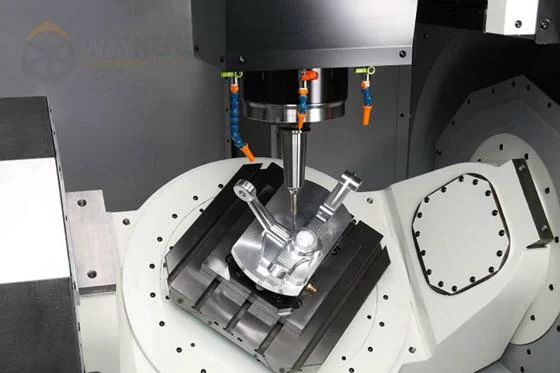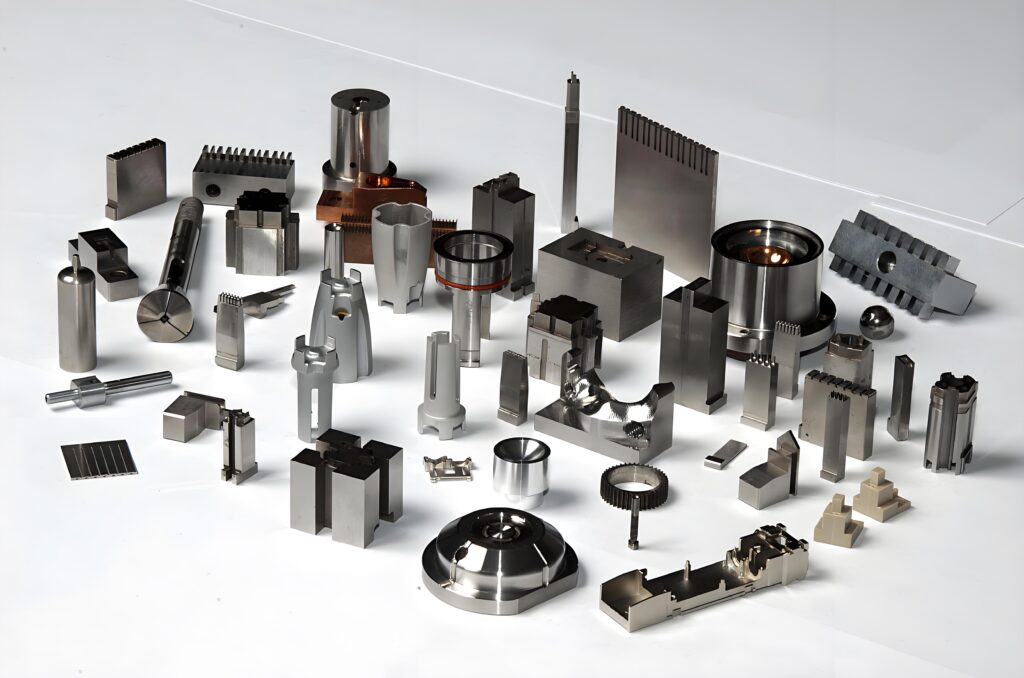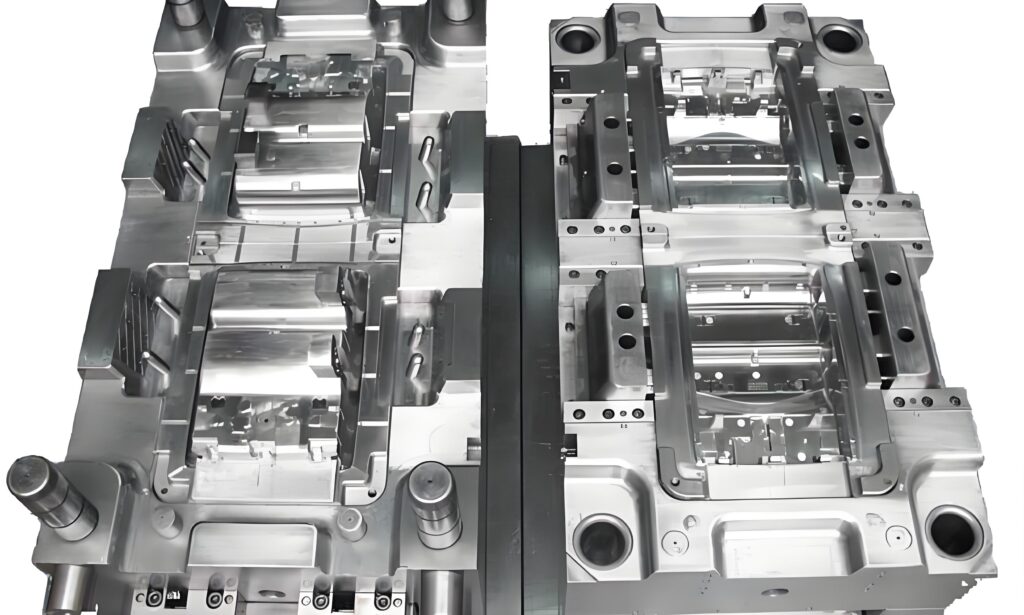3D Printing vs Compression Molding: Which Manufacturing Technology is Right for Your Project?
In modern manufacturing, 3D printing and compression molding are two highly regarded technologies. Each has its own advantages and disadvantages, making them suitable for different applications. This article will delve into the differences between these two technologies to help you make an informed decision based on your project needs.
1. 3D Printing: The Pioneer of Digital Manufacturing
What is 3D Printing?
3D printing, also known as additive manufacturing, is a technology that builds three-dimensional objects layer by layer. It relies on digital model files to quickly transform designs into physical products.
Material Options
- Thermoplastics: Such as PLA and ABS.
- Photopolymers: Used for high-precision printing.
- Metals: Such as titanium alloys and stainless steel.
- Composites: Carbon fiber-reinforced materials, etc.
Advantages
- Design Freedom: Can create complex geometries that are difficult to achieve with traditional methods.
- No Molds Required: Saves costs and time associated with mold design and manufacturing.
- Rapid Prototyping: Ideal for small-batch production and prototype development.
- Customization: Easily enables personalized designs.
Disadvantages
- Slow Production Speed: Not suitable for large-scale manufacturing.
- Material Limitations: Some high-performance materials cannot be used in 3D printing.
- Surface Quality: May require post-processing to achieve a smooth finish.
2. Compression Molding: An Efficient Solution for Mass Production
What is Compression Molding?
Compression molding is a manufacturing process that uses heat and pressure to fill a mold with material. It is commonly used to produce high-strength and durable parts.
Material Options
- Thermosetting Plastics: Such as phenolic resins and epoxy resins.
- Composites: Such as glass fiber-reinforced plastics.
- Rubber: Used for manufacturing seals and gaskets.
Advantages
- High Production Efficiency: Suitable for large-scale production.
- Excellent Material Properties: Produces parts with high strength and durability.
- Cost-Effective: Lower per-unit cost in mass production.
- High Consistency: Ensures stable quality for each part.
Disadvantages
- High Mold Costs: Significant initial investment, suitable for long-term production.
- Design Limitations: Complex geometries are difficult to achieve.
- Long Production Cycle: Mold manufacturing and debugging take time.
3. How to Choose the Right Technology?
When to Choose 3D Printing
- You need rapid prototyping.
- The product design is complex and requires a high level of customization.
- Production volume is low, and large-scale manufacturing is not needed.
- The budget is limited, and high mold costs cannot be justified.
When to Choose Compression Molding
- You need mass production.
- The product requires high strength and durability.
- The design is relatively simple and suitable for mold manufacturing.
- Long-term production plans can offset mold costs.
4. Conclusion
3D printing and compression molding each have their unique strengths and applications. 3D printing is ideal for rapid prototyping and small-batch production, while compression molding excels in large-scale manufacturing. The choice of technology depends on your project requirements, budget, and production scale.
If you’re still unsure which technology is best for your project, consider consulting a professional manufacturing service provider. They can offer tailored solutions based on your specific needs.



